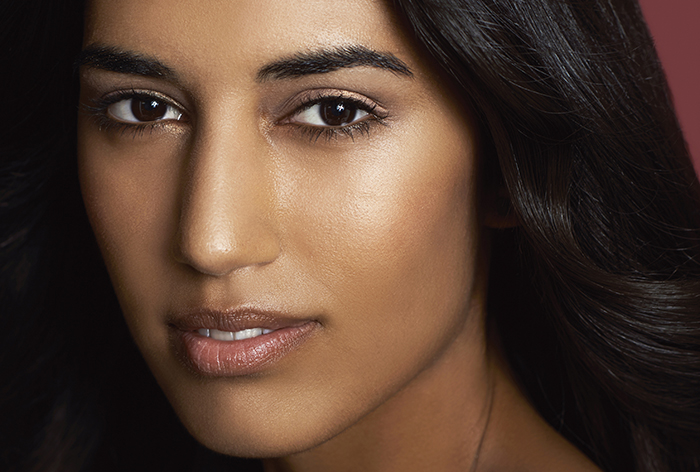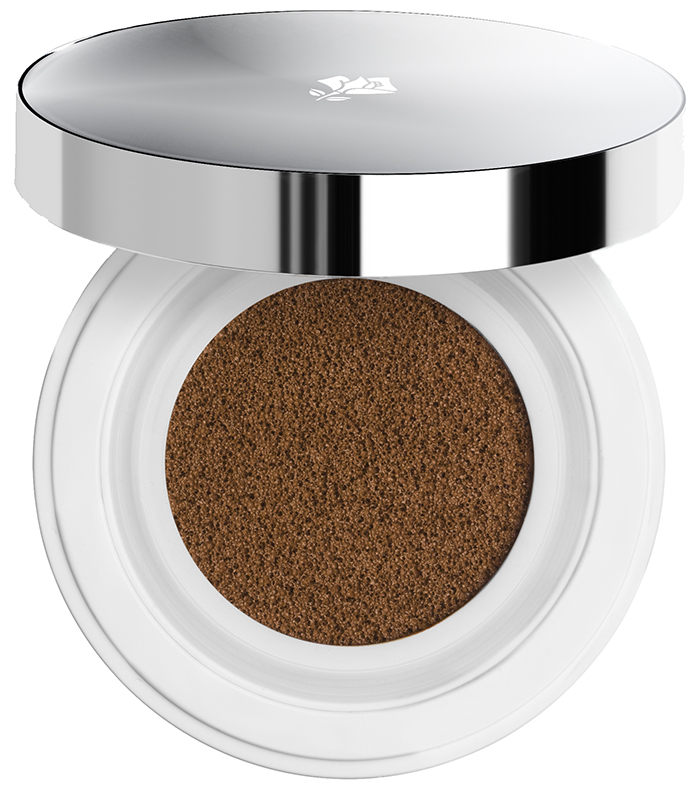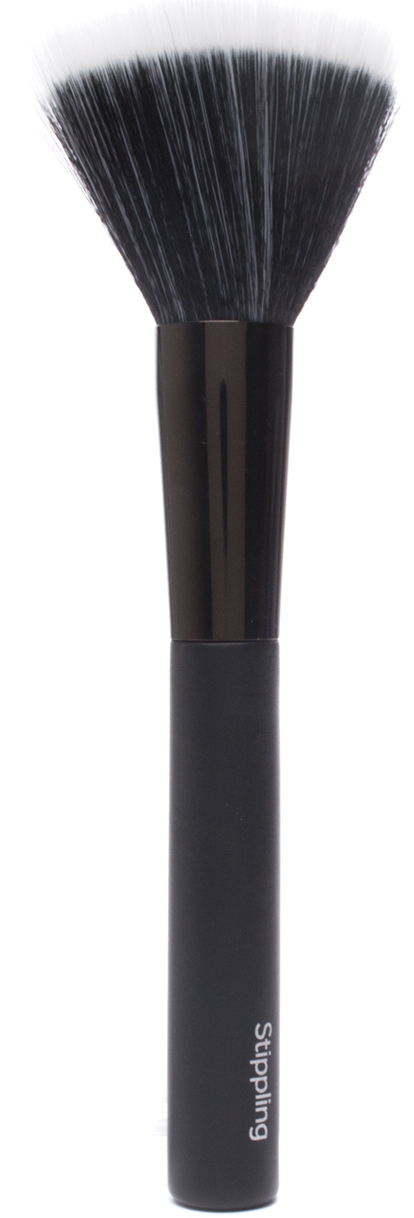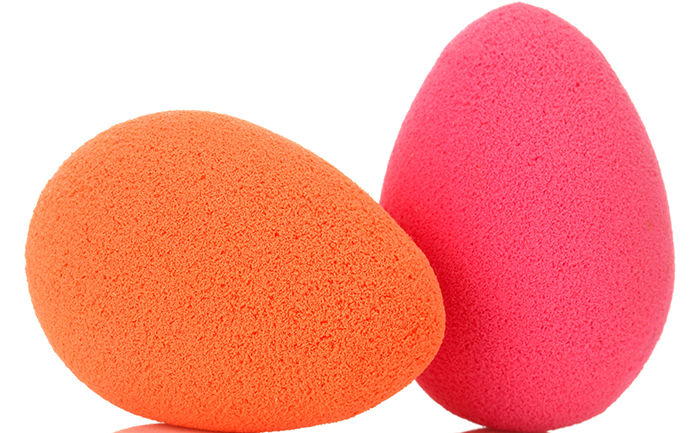Advice

Ace that base
In Advice
Bookmark
Record learning outcomes
A host of new foundations are hitting shelves this season. Follow Anjana Gosai’s guide and help your customers find the perfect product for their skin type as well as the best tools for the job

Pick the perfect colour
A flawless and natural-looking complexion is easy to achieve with the right foundation shade. This can be easier said than done, however. On average, women buy seven foundations before finding the right one. But you can help your customers choose the correct product on the first attempt.
The role of foundation is to even out and perfect the skin tone, not change its colour. For the most natural finish, customers should shop for a shade that exactly matches their skin tone. And they should always start with a small amount and build it up, rather than applying too much at once. “If the shade blends in perfectly and you can’t see a colour difference, that’s the perfect match. If it is too light or pink, you have the wrong shade,” says Max Factor make-up artist Caroline Barnes.
Many women make the mistake of testing the colour on the back of their hands, but this should be avoided because UV exposure and lack of exfoliation mean that this part of the body is usually darker than the face.
It is also worth remembering that the skin changes colour with the seasons. It may be slightly darker during the summer and paler in the winter, so having two foundations is a good idea. “These shades can also be used to mix a custom colour for those transitional months of the year and they will come in handy for people who have skin that is darker or lighter in areas,” says Barnes.
“To find the perfect colour, test the foundation along the side of the face – blending from the cheek down to the neck and chest”
Max Factor make-up artist Caroline Barnes
Did you know? On average, women buy 7 foundations before finding the right one.
Find the formula
Foundations can come in different forms – liquids, powders and creams are the most common. To help customers find the best formula for them, the first step is to establish their skin type and the look that they are trying to achieve.
 “Those with dry complexions should pick a base containing moisturising agents like an oil or serum – these ingredients will help to keep the skin hydrated. Some formulas can also hide lines, which tend to be more prominent on this skin type,” advises Max Factor make-up artist Caroline Barnes. Thanks to the addition of potent skin care ingredients, foundations for dry skins are now better than ever. For instance, Lancôme Miracle Cushion combines the freshness and lightness of a fluid formula with the blurring effect of a BB cream.
“Those with dry complexions should pick a base containing moisturising agents like an oil or serum – these ingredients will help to keep the skin hydrated. Some formulas can also hide lines, which tend to be more prominent on this skin type,” advises Max Factor make-up artist Caroline Barnes. Thanks to the addition of potent skin care ingredients, foundations for dry skins are now better than ever. For instance, Lancôme Miracle Cushion combines the freshness and lightness of a fluid formula with the blurring effect of a BB cream.
Just like BB and CC creams, the technology behind this new foundation originates from Asia. Presented in a portable compact, it features a sponge-like cushion with a fluid underneath. When pressed with the applicator sponge, it releases a dose of tinted fluid that is enriched with ester oil and glycerine to improve the skin’s water content, plus SPF 23 to protect against UV exposure.
If your customer dislikes the feel of a foundation, but still craves a little coverage, ask her to try Bare Minerals Complexion Rescue. It has a tinted gel formula that is pumped with hydrating humectants, replenishing calcium and magnesium, plus SPF 30. Those who require fuller coverage or want to blur lines can try Urban Decay Naked Skin Powder Foundation – it feels almost creamy and can be used dry for a matt effect or wet for more perfected skin.

 “Luminescent-finish foundations can help to brighten the complexion, making them a good choice for people with dull or mature skin,” advises Barnes. Max Factor Skin Luminizer Foundation gives skin a gorgeous glow, thanks to the added light-reflecting particles. Meanwhile, Smashbox Photo Filter Powder Foundation contains transparent filters which refract light at different angles to minimise the appearance of any imperfections.
“Luminescent-finish foundations can help to brighten the complexion, making them a good choice for people with dull or mature skin,” advises Barnes. Max Factor Skin Luminizer Foundation gives skin a gorgeous glow, thanks to the added light-reflecting particles. Meanwhile, Smashbox Photo Filter Powder Foundation contains transparent filters which refract light at different angles to minimise the appearance of any imperfections.
Shine-prone faces will prefer an oil-free foundation – advise customers with this skin type to look out for words such as “mattifying” and “sebum-reducing” on product packaging. New Clarins Everlasting Foundation + SPF 15 contains hectorite and bamboo powder to control shine, plus organic quinoa seed extract to maintain a comfortable finish. If it’s a matt effect your customer is after, then recommend Barbara Daly Trade Secrets Mattifying Base Oil Free Foundation.
For lighter coverage, customers will like Maybelline Dream Flawless Nude Fluid – it has an ultra thin, liquid-to-powder finish that contains silicone elastomer powders to reduce shine. Those with combination skin that tends to be oily at the T-zone can try Clinique Beyond Perfecting Foundation + Concealer. This clever, two-in-one formula adapts to individual skin needs and its dual-sphere particles absorb excess oil on shiny areas while adding hydration to dry patches.
The art of application
 For a flawless-looking base, it’s important to use the right application tools. Make-up artists tend to work with an arsenal of brushes and sponges – but which ones give the best results?
For a flawless-looking base, it’s important to use the right application tools. Make-up artists tend to work with an arsenal of brushes and sponges – but which ones give the best results?
Boots’ customers can try the No7 Stippling Brush, which has layered bristles to create a perfect, airbrushed look. Alternatively, the Real Techniques Triangle Foundation Brush from the new Bold Metals Collection has a flat side to cover large areas and angled edges for blending around the eyes and nose. Customers who prefer using a sponge can try a colourful Models Own Egg Shaped Make-Up Applicator.
“Powder and mineral formulas can be applied with a natural bristle brush, while fingers are the best tool for applying stick foundation,” says Sarah-Jane Froom, international make-up artist at Bare Minerals. Recommend The Vintage Cosmetics Company Powder Brush, which achieves a smooth result. When it comes to understanding where to apply foundation, it depends on the desired result.
 “Those with good skin might only need to apply a small amount of foundation around the nose, eyes, chin or blemished areas,” says Froom, “but people with more to hide may want to use it over the entire face for fuller coverage.” She advises starting near the nose and blending outwards using small strokes of the brush or fingers, until the skin looks seamless.
“Those with good skin might only need to apply a small amount of foundation around the nose, eyes, chin or blemished areas,” says Froom, “but people with more to hide may want to use it over the entire face for fuller coverage.” She advises starting near the nose and blending outwards using small strokes of the brush or fingers, until the skin looks seamless.
